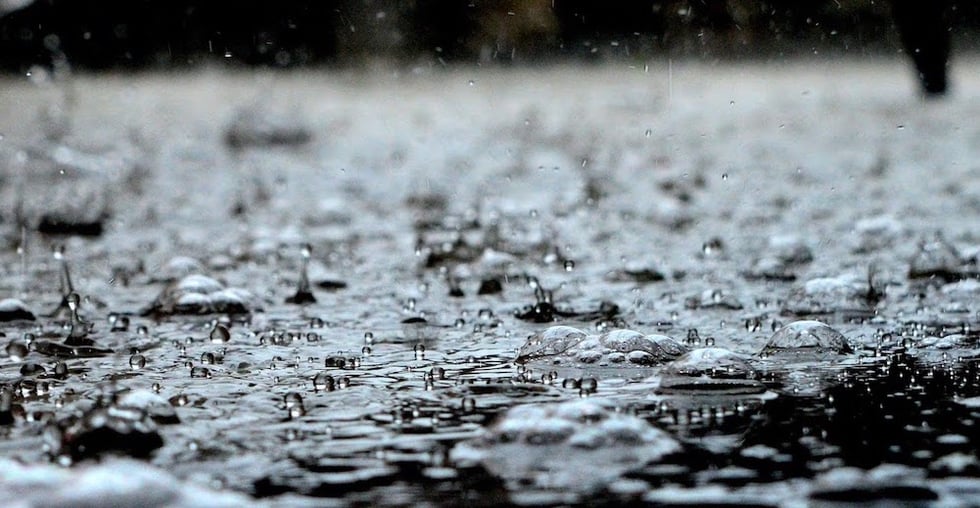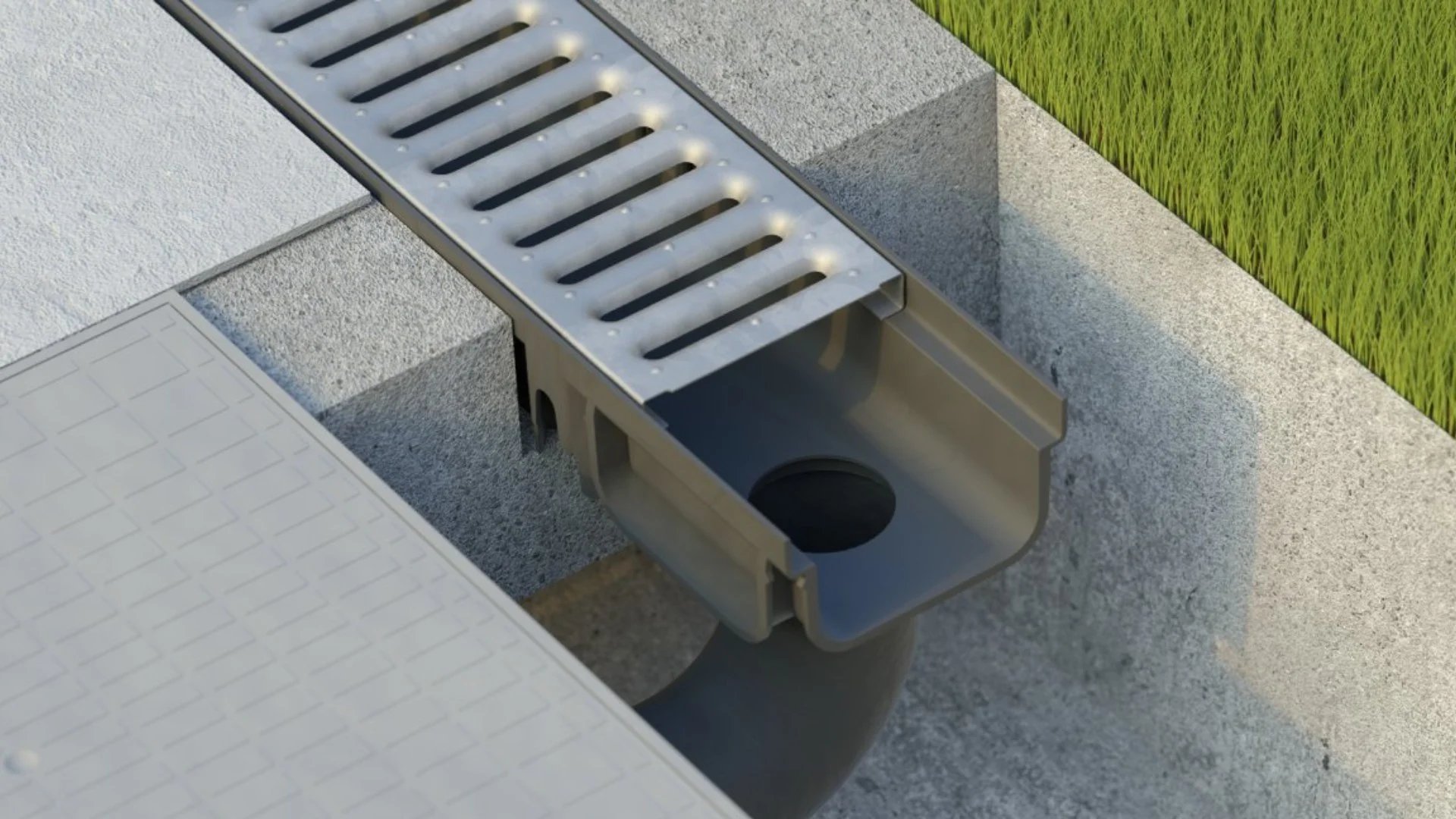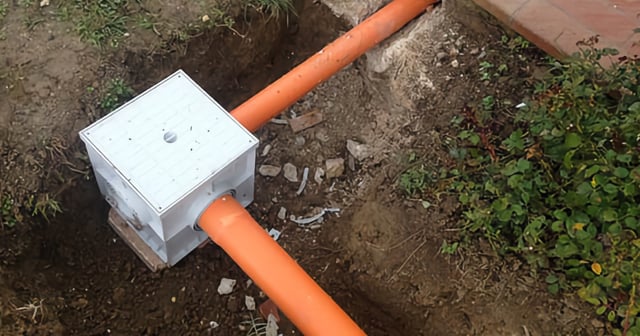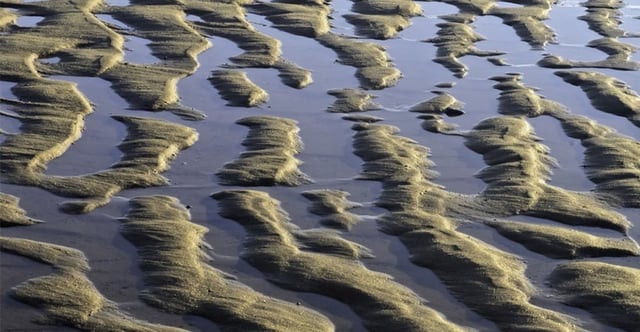Filter by Catalogue:
Products Found:
LOOKING FOR SOMETHING?
Knowing the drainage flow rate capacity of channels is arguably the most important aspect to consider when installing both surface water drainage and foul water drainage systems.
Choosing undersized drainage channels can create blockages, causing water to seep into the building’s walls, structure, and the surrounding environment. And no one wants to deal with water seepage and flooding.
How can we calculate drainage flow rate accurately? What are the variables to consider when planning how to calculate drainage flow rate for a specific project? Let’s find out.
Why Drainage Calculations and Flow Rates Matter in Real Life
Any expert who’s dealt with unexpected flooding knows: most issues start with the wrong calculations at the planning stage.
The right data ensures you’re not left dealing with standing water, erosion, or worse—damage to the structure itself. Drainage flow rates aren’t about theory, but everyday reality: making sure every channel, grate and surface works together to divert water safely, protect what’s been built, and avoid surprises when the weather changes.
When drainage is properly dimensioned, you can focus on the job at hand, not emergency repairs.
Variables for calculating surface water drainage flow rate
Key variables in surface water drainage calculations
Getting the numbers right means understanding what actually influences your design. Here’s what you need to consider:
-
Rainfall intensity: How much rain, in mm/h, actually hits the area during a peak event? Local data is best.
-
Surface area: Measure the real catchment area (in m²) likely to collect rainwater—think roofs, paved surfaces, yards.
-
Runoff coefficient: Not every drop runs off into a channel—soil absorbs some, concrete doesn’t. This coefficient (0 to 1) translates the surface's permeability into a realistic figure.
-
Slope (gradient): Water moves faster on a steeper incline, affecting how quickly the flow rate increases during heavy rain.
-
Channel size and grate design: Get these wrong, and even flawless calculations won’t save you from blockages or overflow.
When designing, you should always start from the maximum potential volume to be managed, taking into account those areas most exposed during downpours—such as beneath gutters or at terrain low points.
How to calculate flow rate: Volume of rainwater to remove
The volume of rainwater that passes through the channel varies according to location and expected rainfall. Among the variables to keep in mind for a correct calculation of the expected volume of water are:
-
The area, in square meters, where the outflow of water is expected. This is calculated based on the points with higher precipitation (under gutters, for example).
-
The runoff coefficient. This figure is calculated on an annual basis and takes into account the permeability of the surfaces involved in the drainage system. For example, agricultural soil and meadows have a relatively lower coefficient (around 0.10 - 0.15) as they absorb water more easily than asphalt, which has poor permeability (0.85 - 1.00).
-
Precipitation intensity expressed in millimeters per hour. The expected rainfall intensity is determined by observing historical data.
Using these inputs, the formula to predict the peak runoff is called the Rational method:

Where:
V = Maximum rate of runoff in l/sec
B = runoff coefficient
lcr = maximum rainfall intensity, expressed in mm/h
A = area of the drainage surface in m2
The channel drain slope
Once the maximum rate of runoff is known, we need to consider the slope at which the channel drain will be installed in order to choose a suitable channel. The greater the slope, the greater the flow rate.
However, keep in mind that there is an absolute minimum slope for drainage channel installation, which is at least 0.5%.
Selecting the Right Drainage Channel Size
With the flow rate value in hand, consult the technical datasheets for drainage channels (manufacturers like Dakota specify the maximum permitted flow rate for each channel profile, often depending on the installed slope).
Always select a channel with a hydraulic capacity exceeding your calculated maximum flow to account for unexpected rainfall or slight miscalculations. Be mindful of installation constraints: a minimum slope of 0.5% is typically necessary to maintain suitable water velocity and minimise the risk of sediment build-up.
However, oversizing is not always better, as excessively large channels may complicate installation and waste valuable space. When in doubt, discuss your requirements with a technical specialist.
Drainage channel grates and covers
To allow pedestrians, cyclists, and vehicles to pass over drainage channels, high quality grates and covers are required. In addition to protecting the channels, they also reduce the risk of blockages from debris.
There is an abundance of choice of channel drain grates. Each type of grating and cover offers different benefits depending on their typical use. Factors such as the type of traffic, the expected weight, the mechanical and chemical stresses it will experience (as required by the European Standard UNI EN 1433:2008), and the outflow requirements play a part in selecting the appropriate grate.
You can install the best drainage channel, but an unsuitable grate will stop it performing when you need it most. Choose grates proportioned to the expected flow rate and resistant to local loads—whether it’s foot traffic, cycles or vehicles. Look for features that remove debris efficiently without compromising hydraulic performance. Remember that regular cleaning is still essential, but the right cover will minimise maintenance headaches and avoid costly blockages.
Common Mistakes in Drainage Flow Calculations
Even experienced professionals can overlook key aspects when designing drainage systems.
One frequent mistake is underestimating rainfall intensity or relying on outdated meteorological data, leading to insufficient channel sizing and subsequent flooding during peak storms.
Another common error is miscalculating catchment areas, especially when ignoring runoff from adjacent surfaces, which often results in overflow or water pooling.
Incorrectly applying runoff coefficients, for instance, assuming permeable surfaces where they are actually sealed, further distorts the required capacity.
On the installation side, setting channels at the wrong slope (either too flat or too steep) can contribute to stagnant water, reduced flow capacity, or accelerated wear and tear.
Choosing the wrong channel grate for expected loads also increases maintenance issues and risk of blockage. All these issues can be avoided with precise calculations that factor in real site conditions, current rainfall data, and correct slope guidelines.
A careful, methodical approach ensures robust, maintenance-friendly drainage systems that stand the test of time.
Conclusion
We covered the variables to take into account when choosing a drainage channel and provided the basics for surface water flow rate calculation. Keeping these variables in mind, here are a few common mistakes when choosing channels for a drainage system:
-
Choosing drainage channels that are the wrong size. Channels that are too small can cause overflowing, channels that are too big will take up unnecessary space.
-
Installing the channel at the wrong slope, which causes inefficient water flow and may result in stagnation of water.
-
Not keeping in mind surrounding soil composition.
-
Incorrectly placing the channels.
When in doubt, consult a skilled installer when designing and installing a drainage channel system. All Dakota drainage products come with technical data sheets that provide guidelines on installation.
Want more info? Read our basic guide on how to install channel drains.
Dakota Group is a building materials supplier that serves primarily the EMEA region. As a leading European supplier of building materials, we offer a range of drainage supplies that work together within highly performant systems. We have established ourselves as a reliable drainage supplier, with over four thousand customers having chosen our products.







